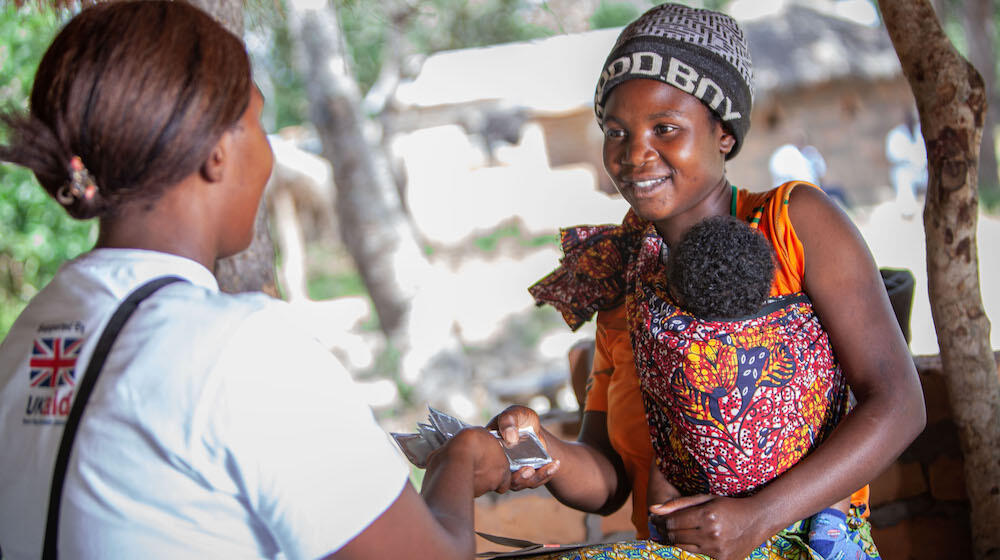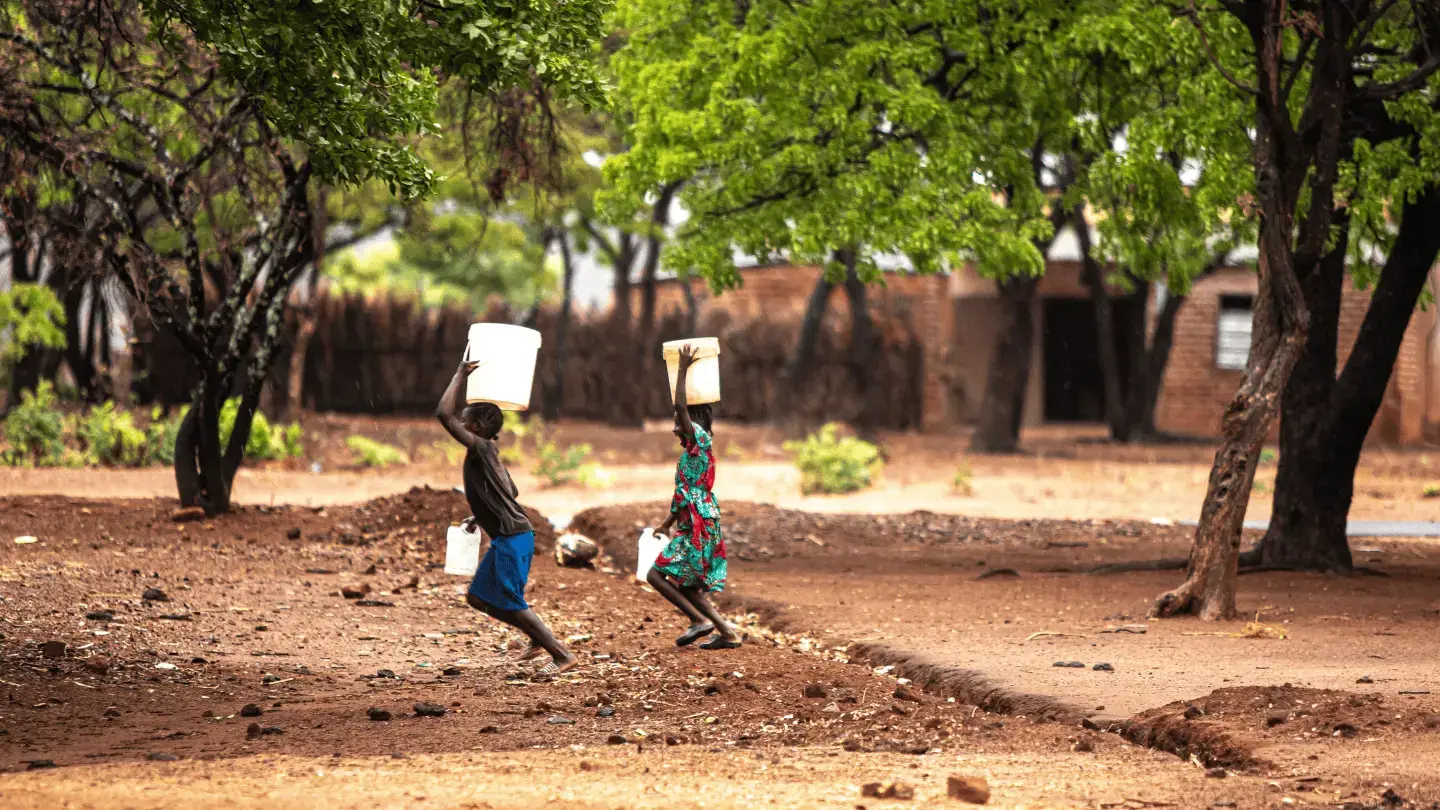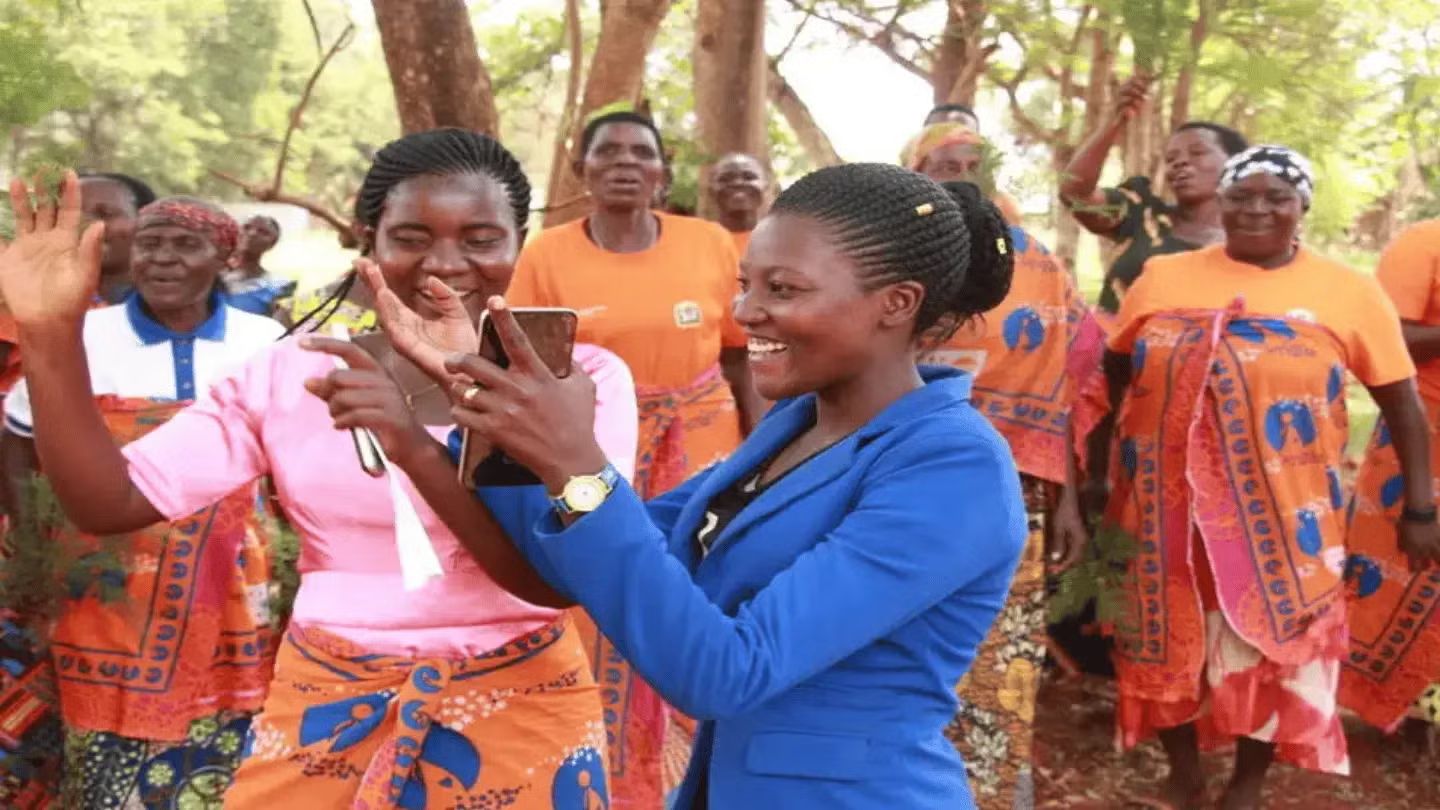Demographic milestone is evidence of great progress, but opportunities, challenges lie ahead
Despite these challenges, the story behind 8 billion and how we’ve got here is a story of triumph. We have reduced poverty and achieved remarkable advancements in health care. There are more of us humans than ever before due, in part, to increasing life expectancy and declining infant and maternal mortality.
“This is a success story, not a doomsday scenario. Our world, despite its challenges, is one where higher shares of people are educated and live healthier lives than at any previous point in history,” said UNFPA Executive Director Dr. Natalia Kanem. “Focusing exclusively on population totals and growth rates misses the point – and often leads to coercive and counter-productive measures and the erosion of human rights. In fact, people are the solution, not the problem. Experience shows that investing in people, in their rights and choices, is the path to peaceful, prosperous and sustainable societies.”
As we approach November 2022, UNFPA will work with our partners and communities to harness the power of 8 billion as part of our mission to achieve the goals set out in the ICPD Programme of Action back in 1994. By protecting the rights and choices of all people to live healthy, empowered lives, humanity holds the key to unleashing the unlimited potential of people around the world to address the challenges threatening their societies and the global problems imperiling us all.
We are not on this journey alone - there are many examples of solidarity and individual heroism, and we must all work together to address poverty, discrimination, violence and exclusion and other barriers that are denying millions of people around the world their rights and choices.
This moment calls for both vision and action. Governments can pursue people-centered population policies with sexual and reproductive health and rights at their core. The private sector can develop creative solutions, harnessing the power of innovation and technology for the global good. Artists and creative people around the world can apply their ingenuity and talent to inspire us and help us imagine the promise that a world of 8 billion people offers.
Collectively, we represent infinite possibilities for action, growth and change. Creating a more just and sustainable world requires urging the world forward towards equal rights and opportunities for one - and for all.
Key Findings of the World Population Prospects 2022:
- The world’s population is projected to reach a peak of around 10.4 billion people during the 2080s and to remain at that level until 2100.
- It took about 12 years to grow from 7 to 8 billion, approximately the same time as from 6 to 7 billion. The next billion is expected to take approx 14.5 years (2037).
- Half of the 8th billion added to the world population was a result of Asia’s demographic expansion. Africa made the second largest contribution (almost 400 million).
- 10 countries contributed to more than half of population growth leading from the 7th to the 8th billion. India was by far the largest contributor, followed by China and Nigeria.
- Africa and Asia will drive population growth until the 9th billion is achieved in 2037.
- Today, two-thirds of the global population lives in a country or area where lifetime fertility is below 2.1 births per woman (also known as replacement fertility).
- Global life expectancy at birth reached 72.8 years in 2019, an improvement of almost 9 years since 1990. But in 2021, life expectancy for the least developed countries lagged 7 years behind the global average.
- In many developing countries, the share of population at working ages (between 25 and 64 years) has been increasing.
Media Contacts:
- Eddie Wright, ewright@unfpa.org, +1 917 831 2074
- Zina Alam, zialam@unfpa.org, +1 929 378 9431
Link to:





